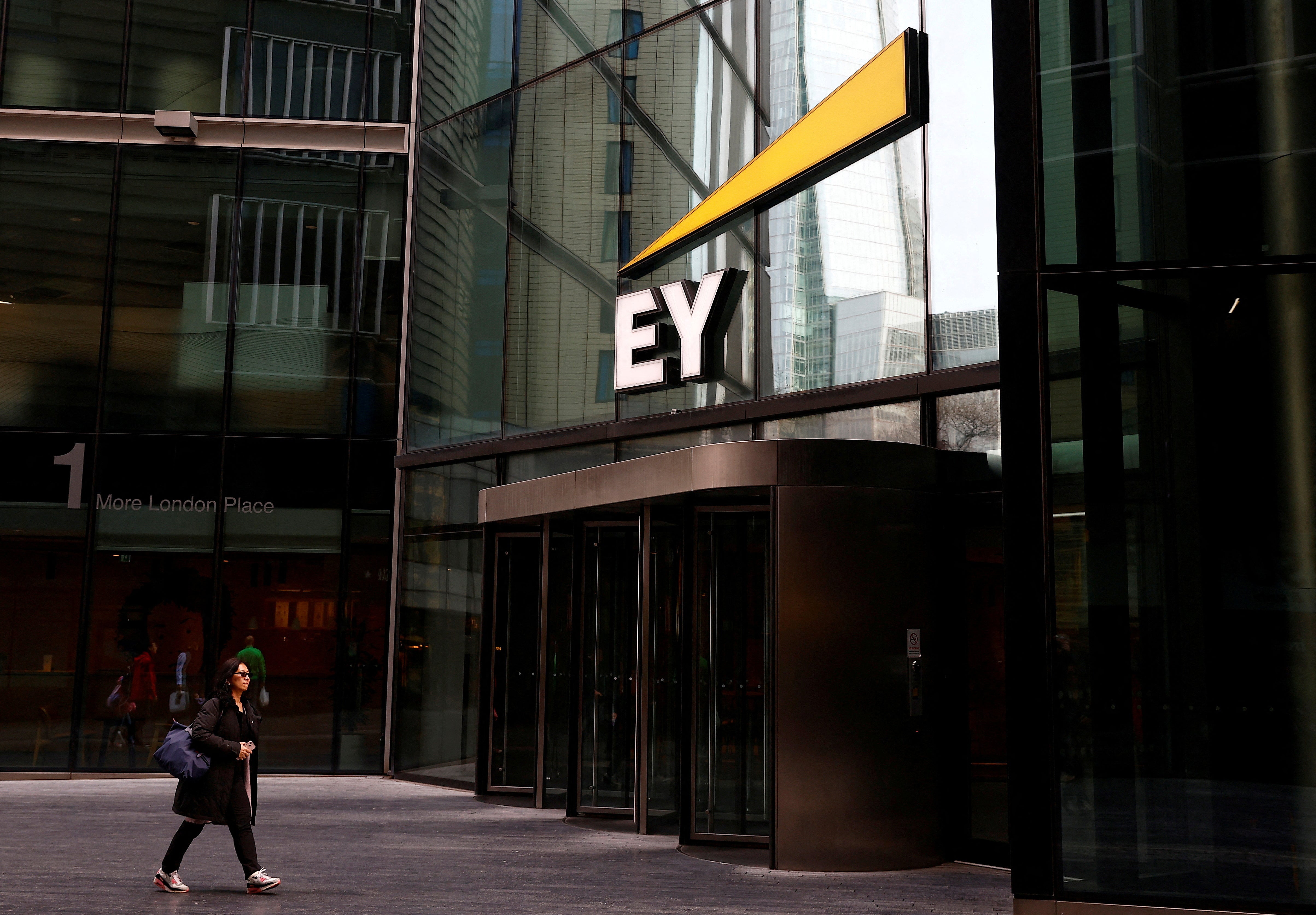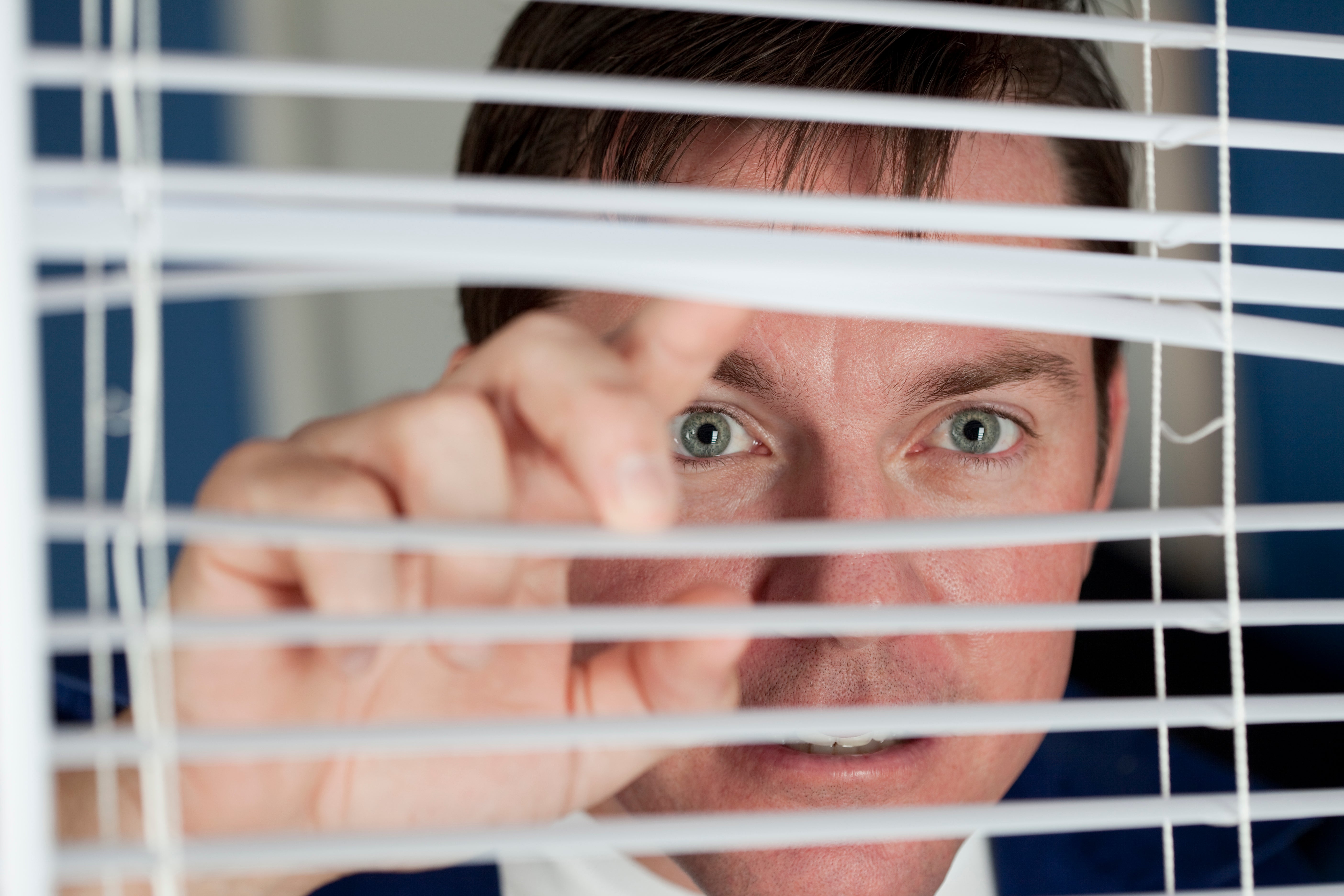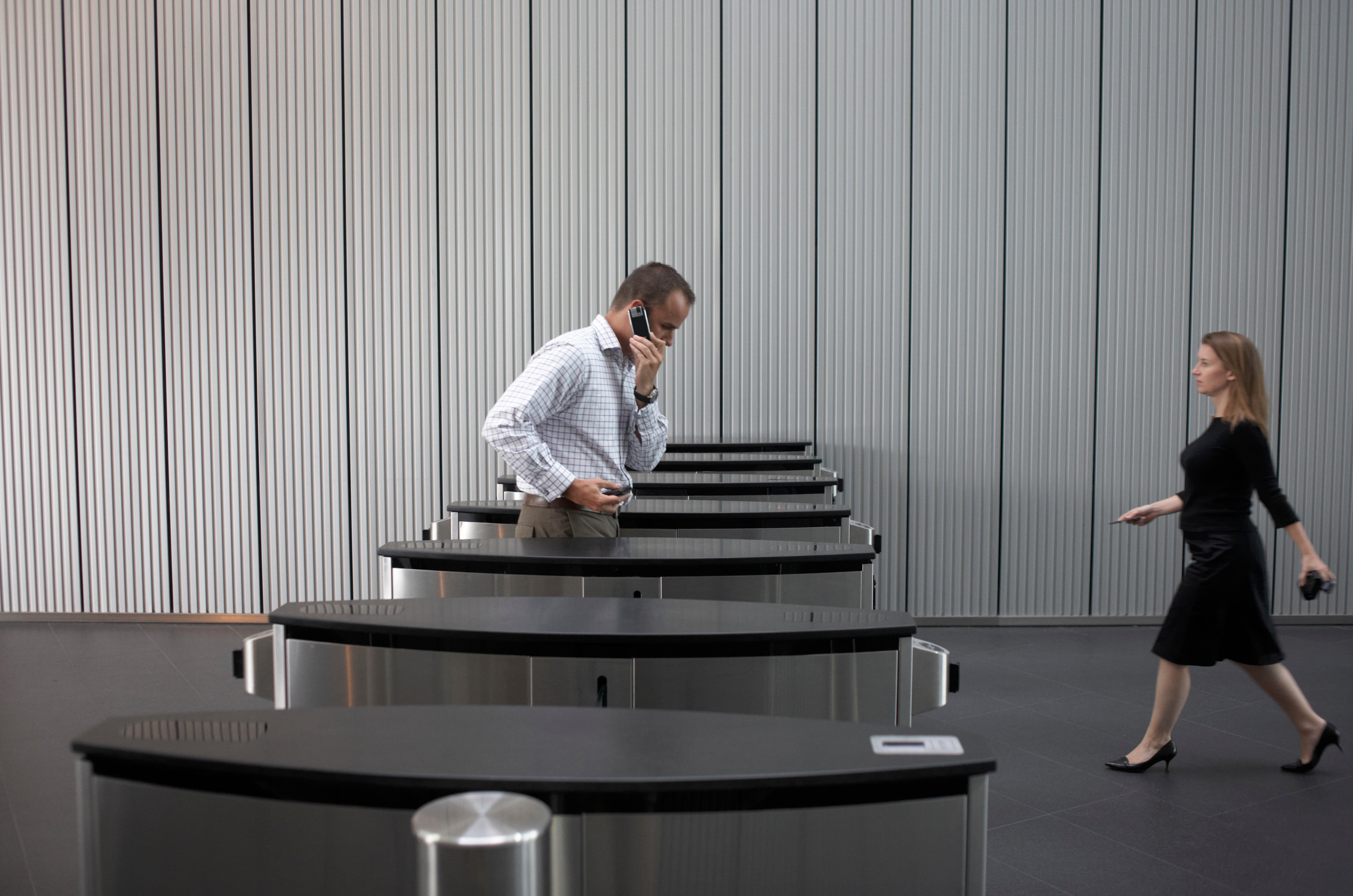Be afraid: your Big Brother boss IS watching you, your phone, your computer – and even your chair
As a City firm reveals it monitors staff attendance via data from swipecards at turnstiles, Charles Arthur looks (over his shoulder) at the growth of worker surveillance – and how even WFH keyboard strokes can give you away

Some staff at the accountancy firm EY will have had an uncomfortable couple of days this week – especially if they weren’t in the office. Some of the senior partners are reportedly looking at data from the entry turnstiles, where employees have to swipe a card to gain entry, to monitor attendance at the UK offices. And they don’t like what they see: there aren’t enough people coming in to work.
Coming from one of the quartet of giant accountancy companies, such oversight might seem less Big Four than Big Brother. Although the Financial Times, which first reported the story, says that the partners are being shown “anonymised” turnstile data, the obvious implication is that if attendance doesn’t improve, the next step is to strip away the anonymity and start dropping much stronger hints about office attendance in accordance with their policy of at least two days WFO a week.
The big drive to get people back into the office is clearly in full swing – and companies like EY can use automation to begin to enforce it.
By contrast, in summer 2022, Jacob Rees-Mogg, as minister for Brexit opportunities and government efficiency, would rather inefficiently walk around civil service desks putting passive-aggressive notes on those of out-of-office staff saying: “I look forward to seeing you in the office very soon.”
But the reality is that whether we’ve been in or out of the office over the past few years, we have been monitored more and more. EY’s attendance surveillance looks relatively mild compared to some of the more aggressive stances that are being taken – and the possibilities being opened up, inevitably, by the application of AI-based machine learning systems to monitor what the troublesome humans are up to now.
Moreover, if you’re concerned about your bosses monitoring you more closely, whether at work or working from home – you should be. Most employment contracts, when you examine them, give the company the absolute right to intrude into almost anything you do while using its equipment, working on its premises or working on its behalf.
When it comes to web browsing or any emails you send, or receive, if you’re using a company computer or smartphone, or even your own computer or phone connected via VPN to the company servers, or your own phone with a company sim, then the company has the right to observe anything at all you send and receive (because email is famously unencrypted).
It also has the ability, and right, to look at which sites you visit, and which apps you use to do your browsing. In the latter case, if you were to start a browser specifically required to access the dark web, then even though the employer couldn’t see what you were browsing, the system would probably raise a flag with monitoring software. Companies are often obliged legally to retain this data in case of future lawsuits from inside or outside the business.

Such surveillance is already decades old. When Steve Jobs returned to Apple in 1997, he installed “sniffing” software on the email server. Any leaks were quickly spotted. In the book The Second Coming of Steve Jobs, the journalist Alan Deutschman tells the story of Kate Adams, who was summoned to Jobs’ office and confronted with an email she’d sent that had been leaked and printed by a journalist. Jobs didn’t fire Adams – but only because she was one of the then much-needed engineers, not a marketer who he saw as disposable.
If you’re using a company phone and sim, the company can see which numbers you call, and for how long. Conversations on a desk phone might be recorded: again, some companies, especially in financial services, are obliged to do this and it will be written in the small print of your contract.
If you’re using WhatsApp, Signal or iMessage on a company phone or your private phone but with a company sim, then even though the messages can’t be read at the time (because they’re encrypted between sender and recipient), they can be reconstituted afterwards by cloning the sim. If the company clones the sim to begin with, it could in theory monitor those conversations in real time. Whether it decides to do any of this reactively or proactively, or if at all, will be up to your boss. But the risk of surveillance is always there.
When it comes to social media, to some extent, this is your own – but companies will have rules about not bringing the business into disrepute. This can, of course, be interpreted retrospectively, so that if you get into hot water with your employer, your old social media posts can come back to haunt you.
Even typing on a keyboard could be exposing. Some companies use monitoring software that can record individual keystrokes on computers. Even our desks and working areas can be monitored for how much activity is taking place.

In 2022 Amazon began putting AI-powered cameras into its delivery van cabs, which constantly record and upload “mistakes” to a centralised system. In the face of criticism for “Orwellian” oversight, Amazon responded that the cameras are focused on safety: if the driver shows signs of tiredness, such as yawning, or distraction, like looking at a mobile phone, or if they speed or ignore signs, it will alert them. The driver can also activate recording if they feel endangered.
Even so, the privacy non-profit organisation Big Brother Watch called it “excessive, intrusive and creepy worker surveillance”, saying that “it is bad for workers’ rights and awful for privacy in our country.”
But it’s not just Amazon. In January 2016, journalists at The Daily Telegraph arrived at work to find little plastic boxes attached to their desks: made by a company called OccupEye, they used heat and motion sensors to decide if staff were at their desks. Once detected, complaints were made and the boxes were removed, but management insisted the intention had only been to monitor how many desks were actually needed to improve energy efficiency. (One fewer, soon after, as the original complainant left the company.)
During lockdown, another media organisation insisted that staff working from home must keep their cameras and microphones on at all times. The idea was that their superiors would be able to call on them when they needed to, but the employees felt it was more to check that they were always at their desk and not slacking. It’s not clear whether the standard dress code, of a suit, was also enforced, but this was Big Brother bosses operating in full sight.
Wearable technology is another way employers are known to keep tabs on workers. Staff badges are usually uncontroversial, but Amazon (again) patented an armband that can sense where staff are inside a building. Fitness devices can also be used to monitor how active staff have been. Sometimes this brings benefits, such as reduced healthcare costs in the US for more active people, but it is up for debate how much privacy you should be allowed when it comes to your health habits.

With so much more to monitor, so often, employers are predictably excited at the prospect of introducing AI systems to take the drudgery out of monitoring thousands of staff (without questioning why their, presumably adult, staff need monitoring): even in 2017, a Deloitte report showed 71 per cent of big companies saw “people analytics” as a high priority, both for insights into the business itself but also to deal with “the people problem”. That is, that people are seen as a potential problem, rather than assumed to be willing participants.
And a panoply of companies is springing up to satisfy that desire for AI. “By examining the time employees spend on different tasks and projects, AI can identify areas of inefficiency and suggest improvements,” suggests Jibble, one of the latest. But that’s not all: “AI can analyse employee communication channels, such as emails, chats, and social media posts to gauge sentiment.” Are the workers planning to revolt? Let your AI tell the bosses first.
The logical endpoint, of course, is that the AI takes over altogether. If people are the problem, the obvious thing to do is get rid of the people. For that, look at taxi companies, where in the US, Waymo has begun offering driverless services. Now the only problem is the pesky humans at headquarters. But surely that is only a matter of time: one day they’ll come in and find their swipe cards don’t work. Which, of course, is where the EY staff came in – or didn’t.
Charles Arthur is the author of ‘Social Warming: How Social Media Polarises Us All’ (OneWorld Publishing)
Join our commenting forum
Join thought-provoking conversations, follow other Independent readers and see their replies
Comments

Bookmark popover
Removed from bookmarks